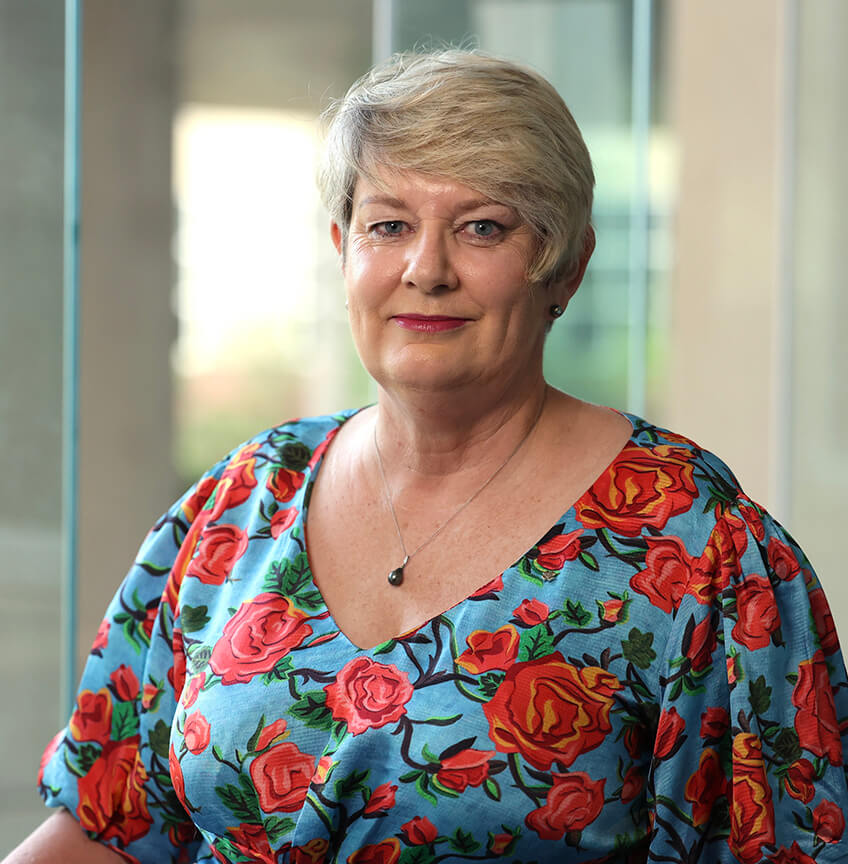The newly appointed Australian Ambassador for women and girls, Christine Clarke, has marked her debut press conference with a strong message against gender-based violence . . .
Please Subscribe to view full content...

The newly appointed Australian Ambassador for women and girls, Christine Clarke, has marked her debut press conference with a strong message against gender-based violence . . .